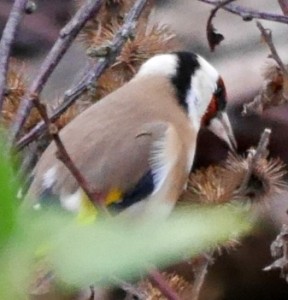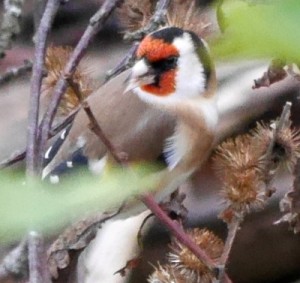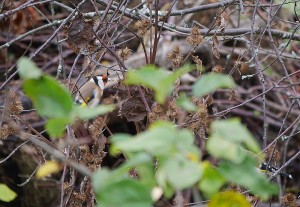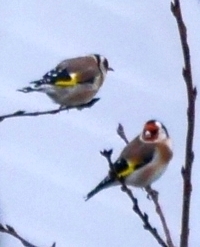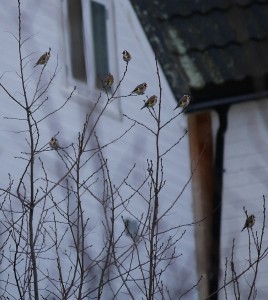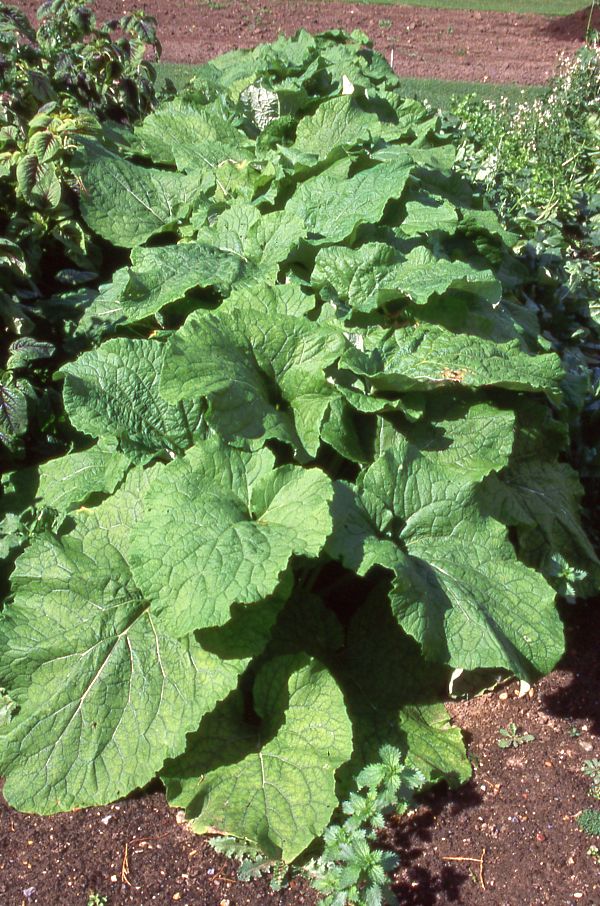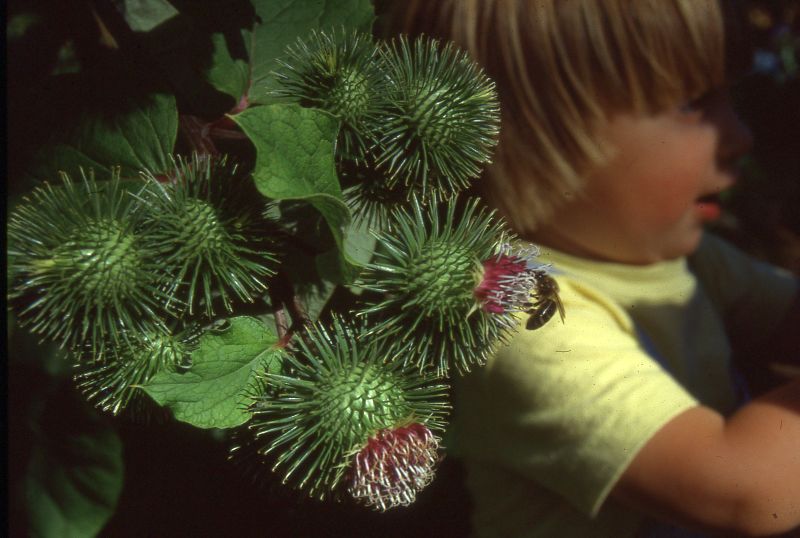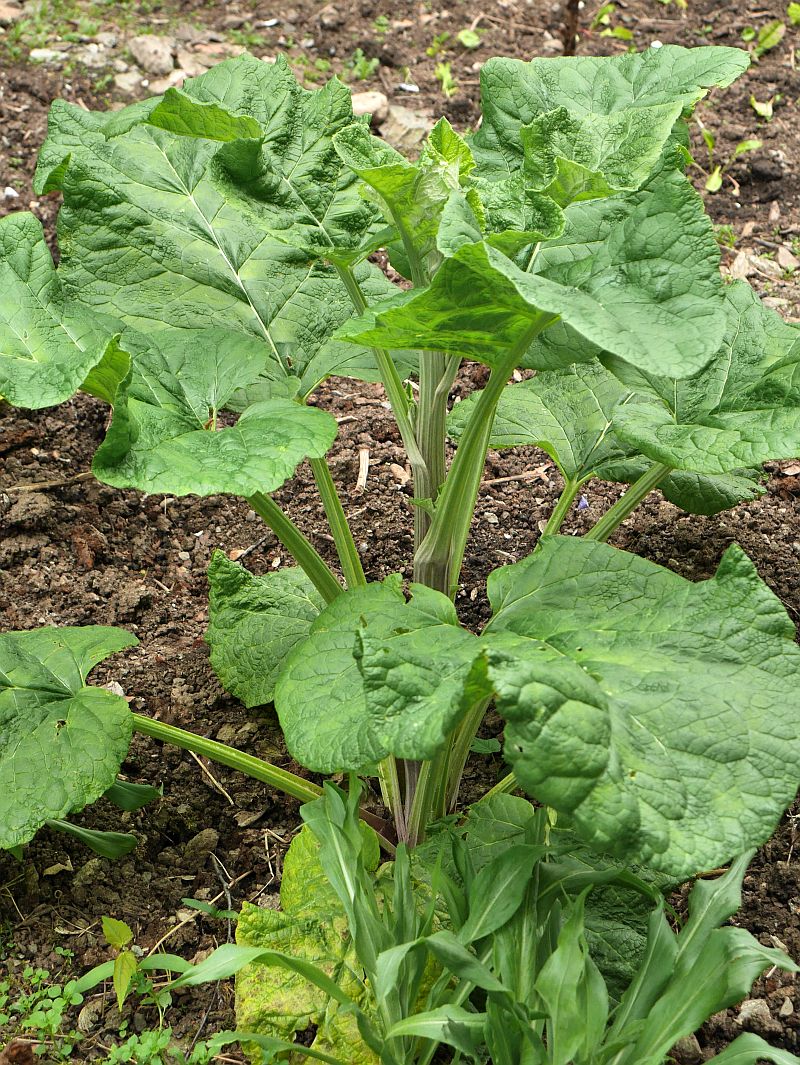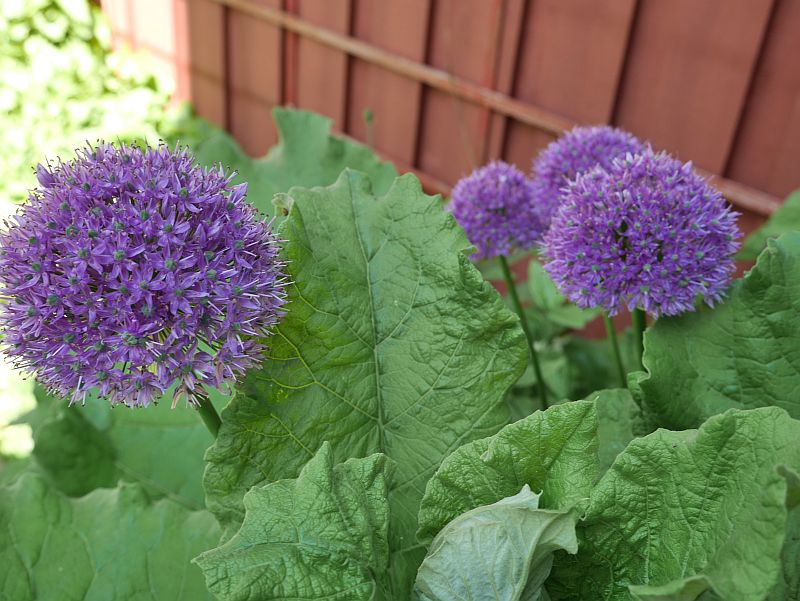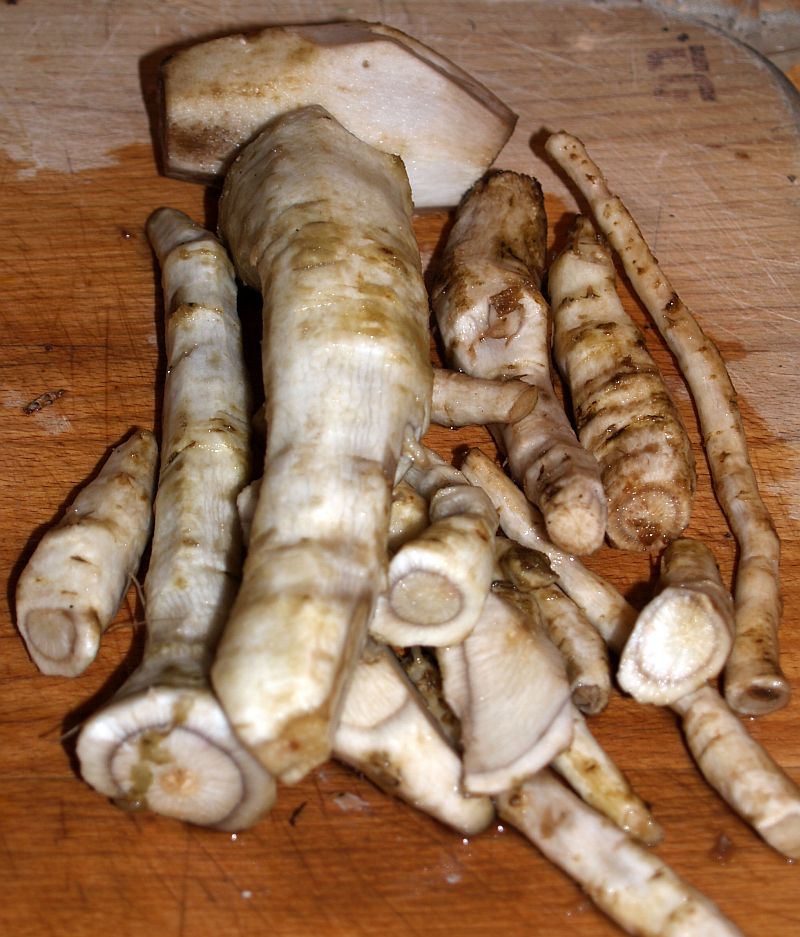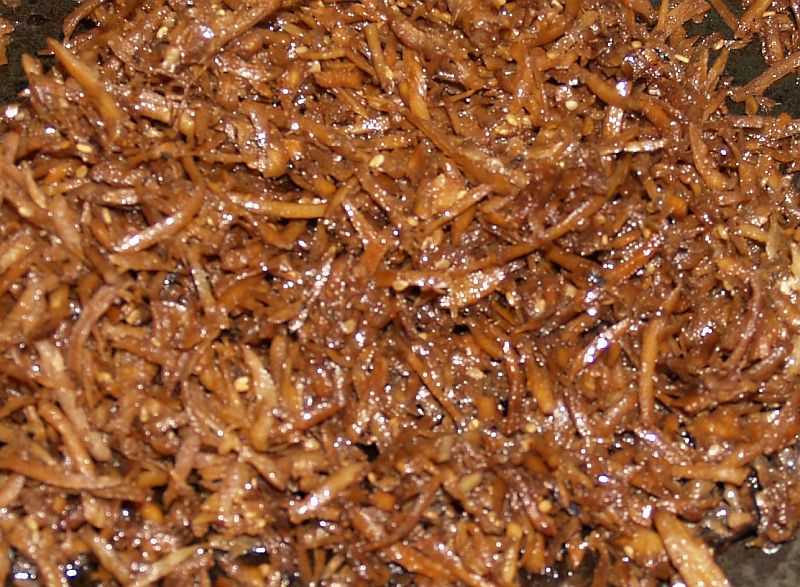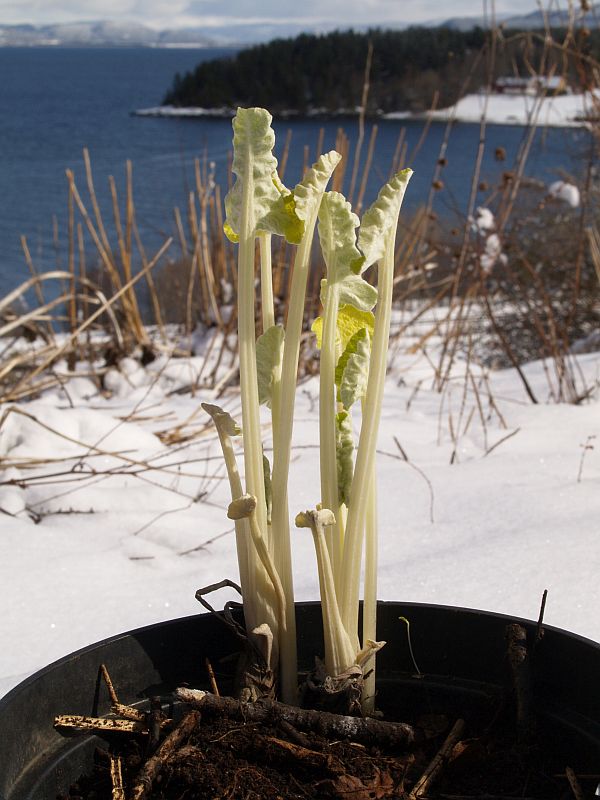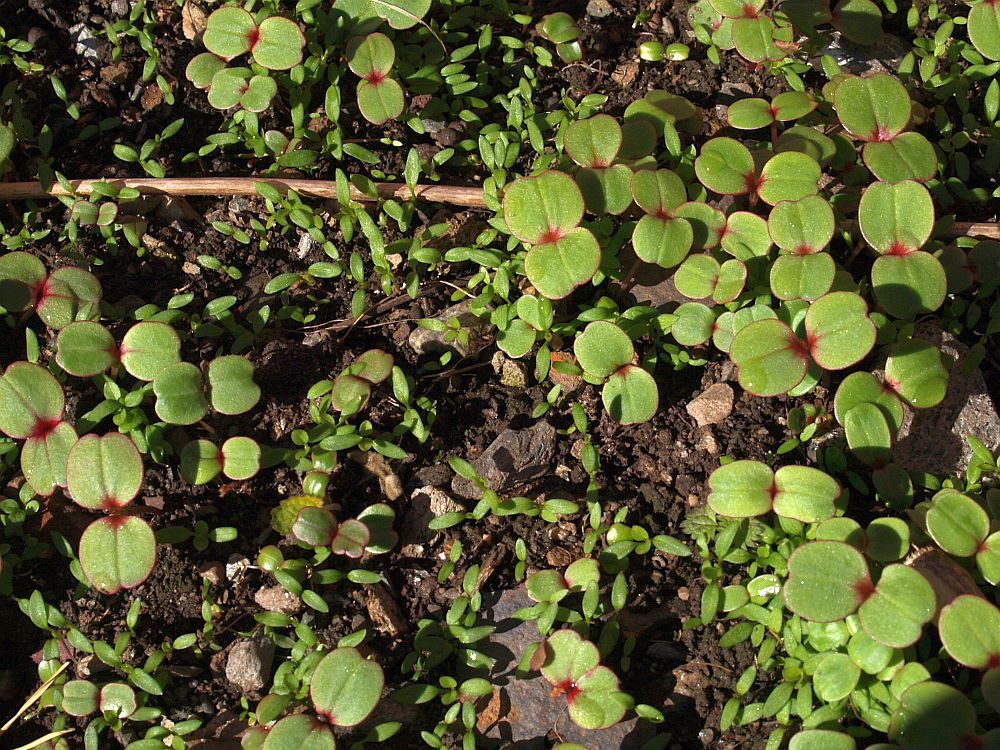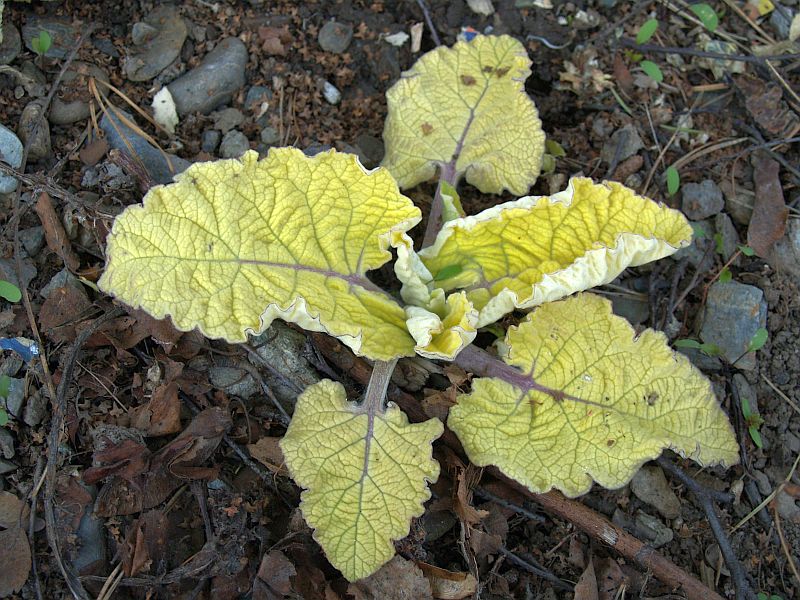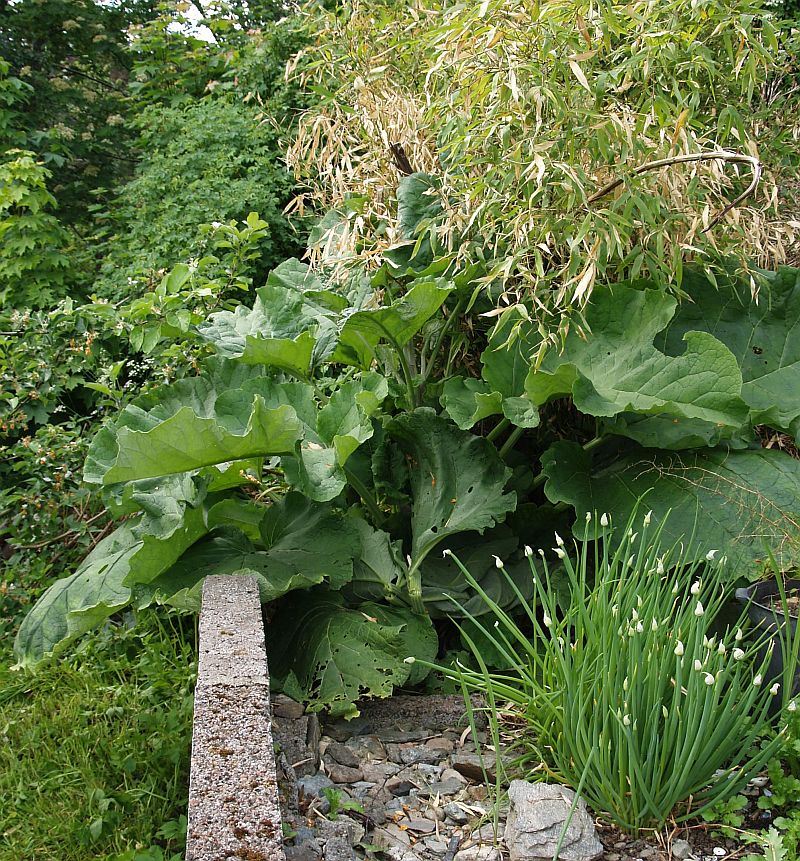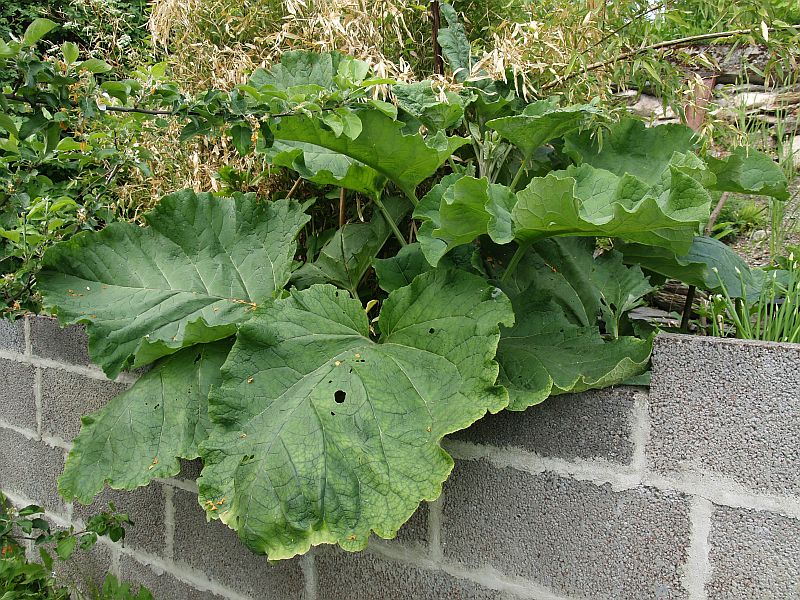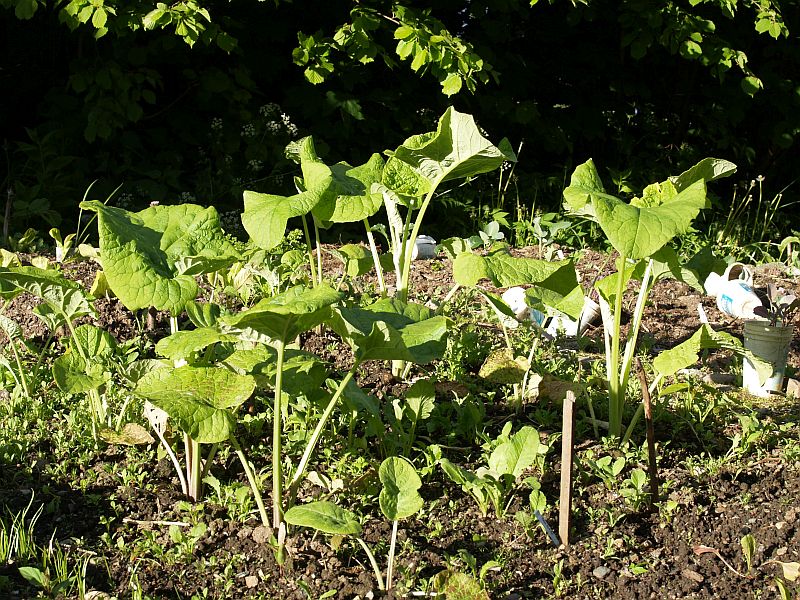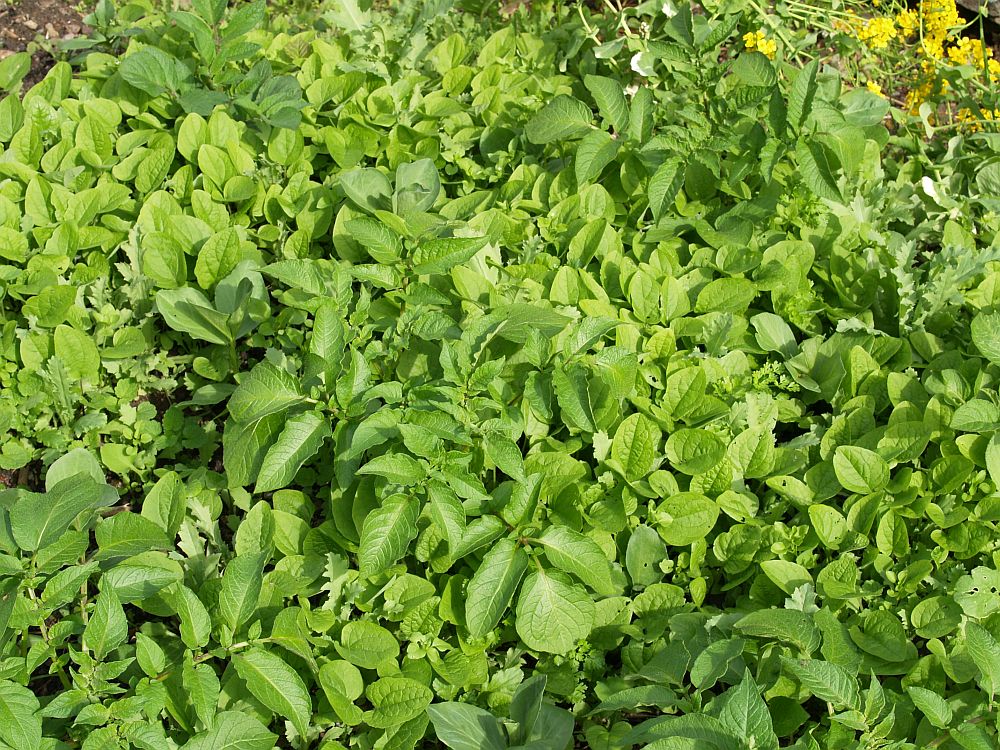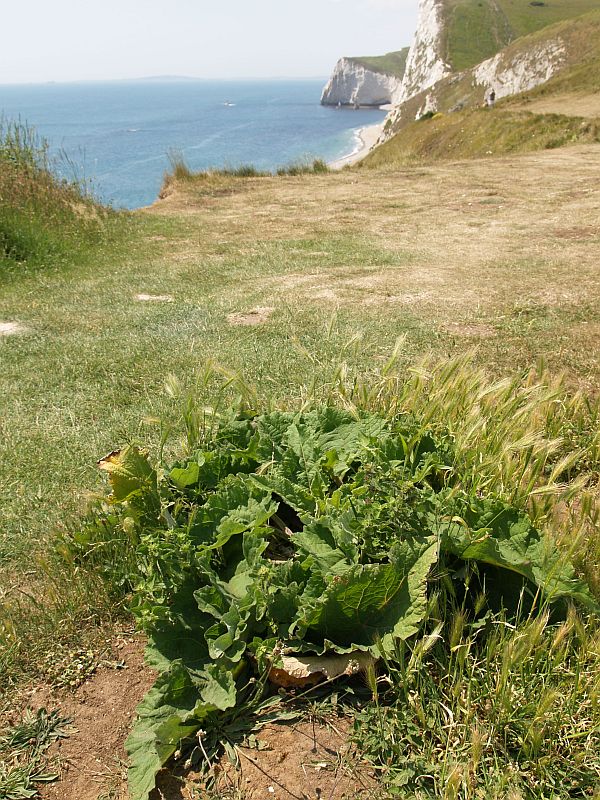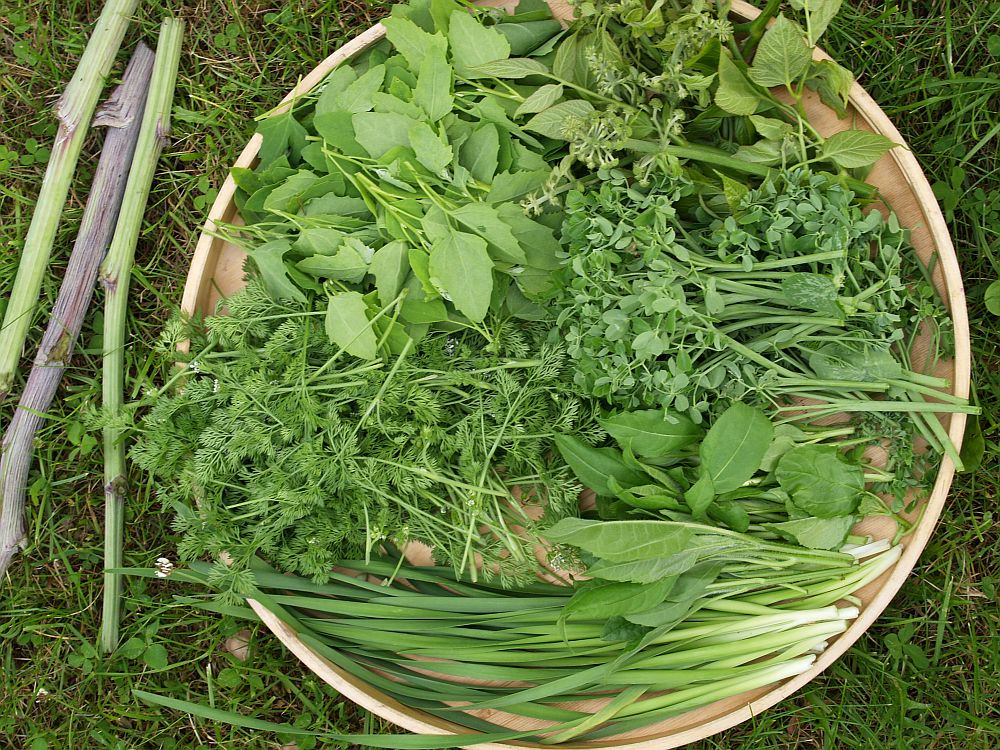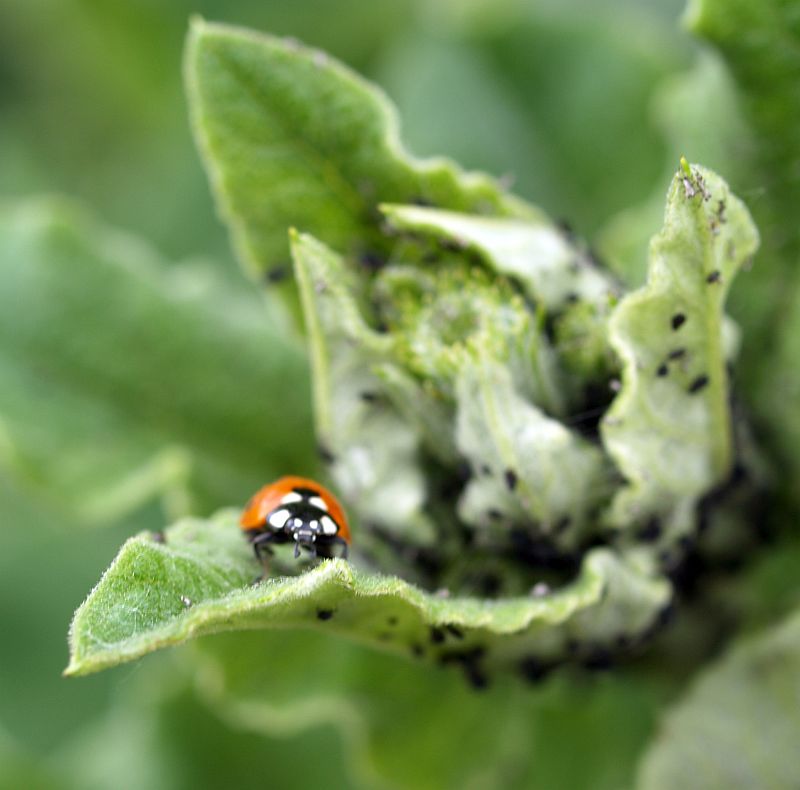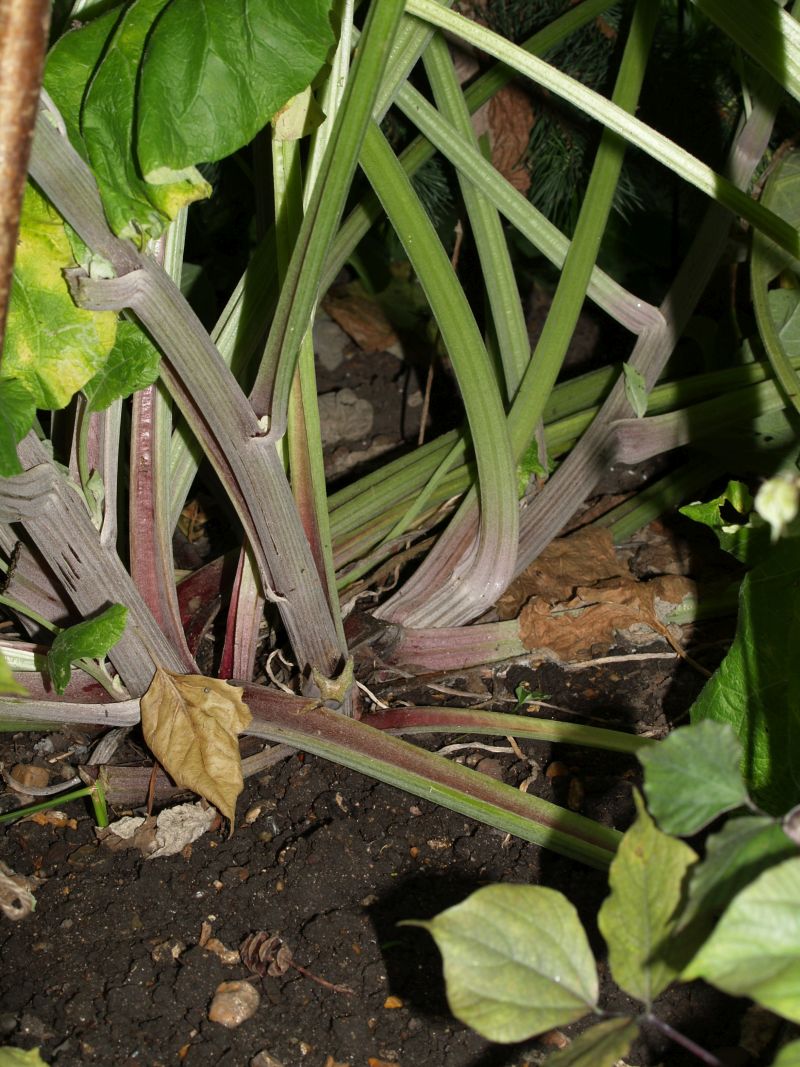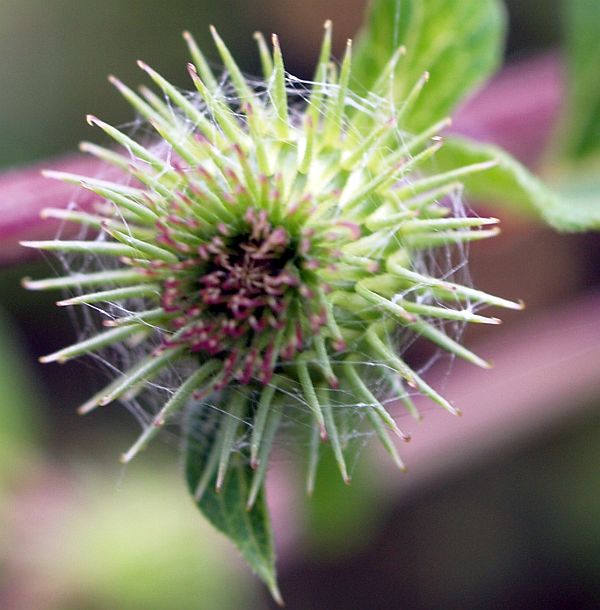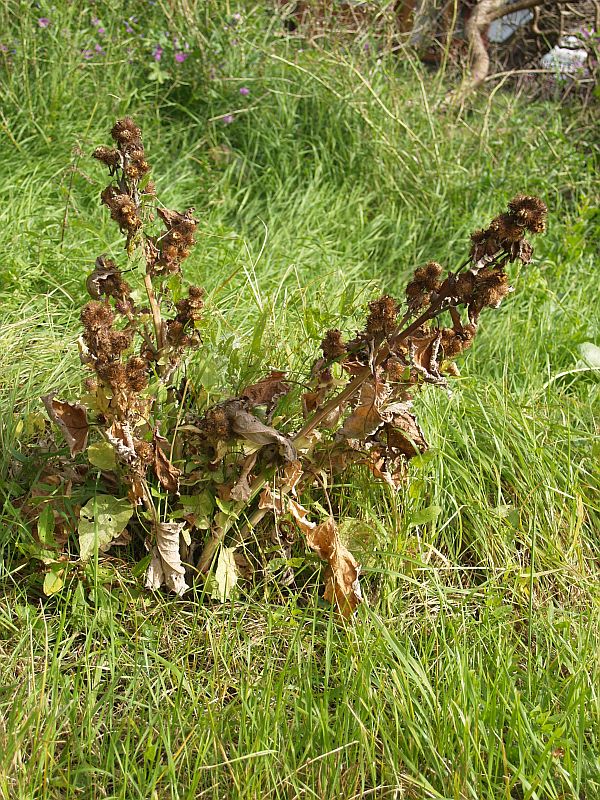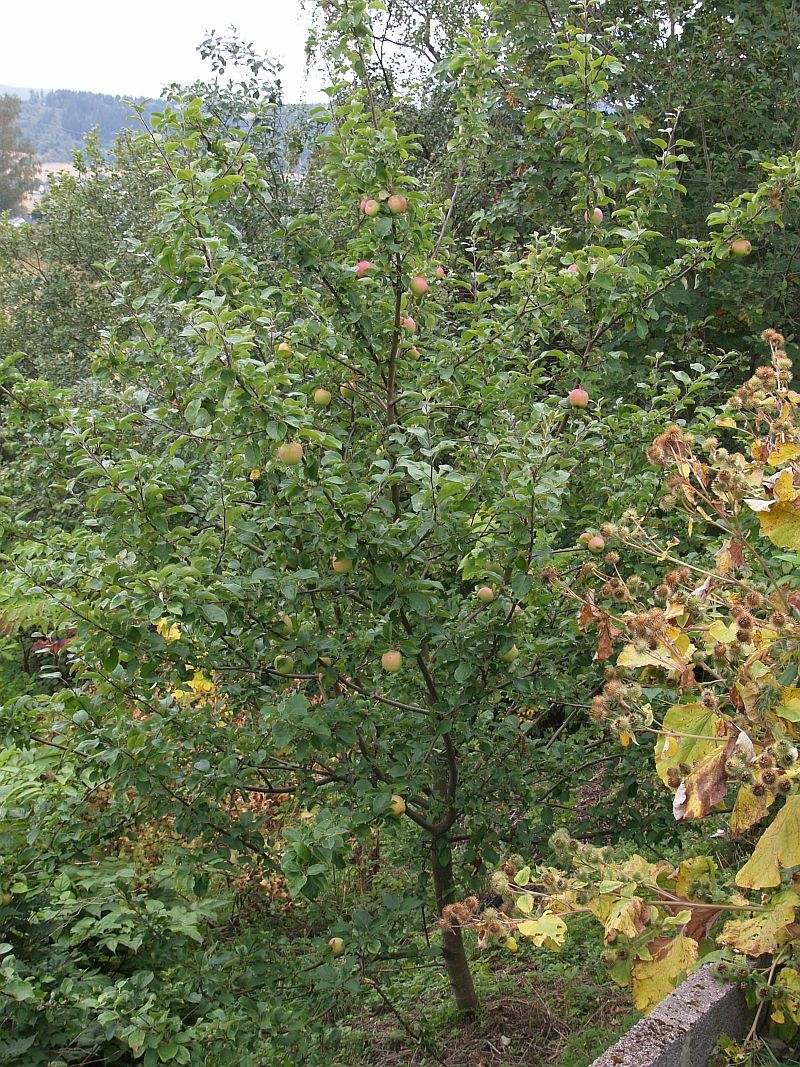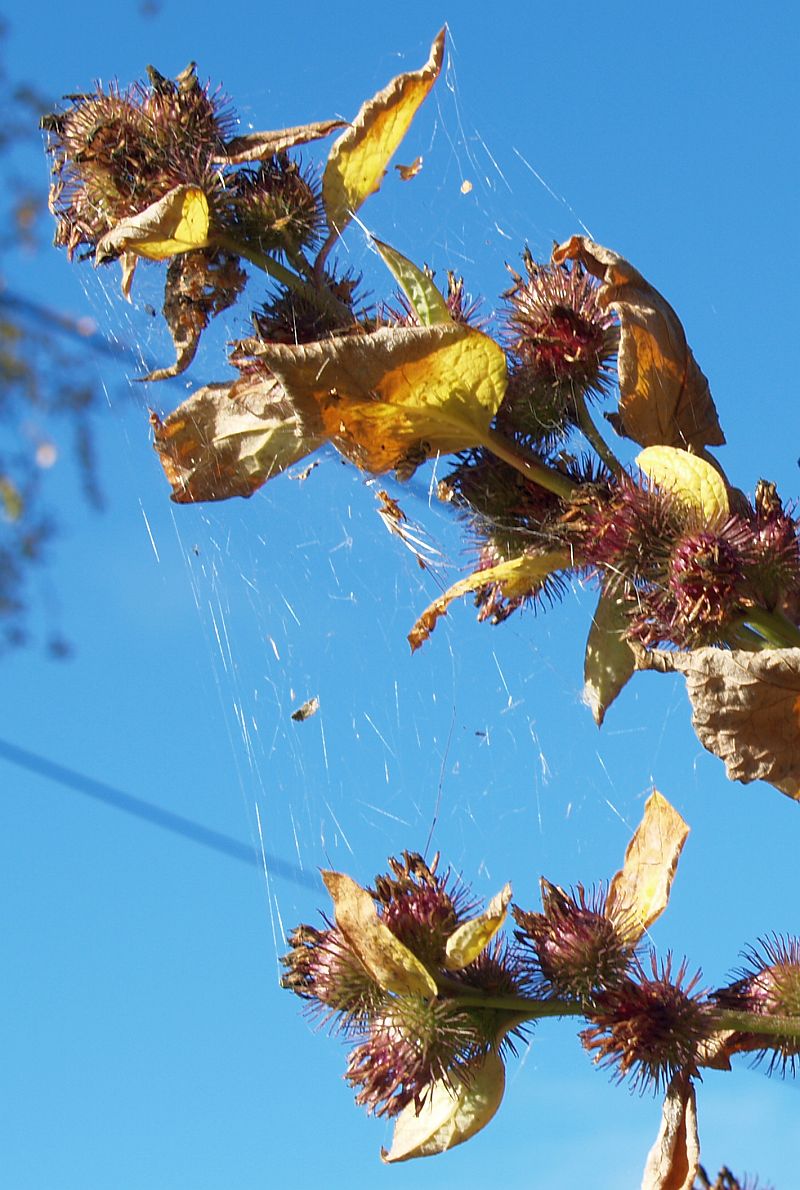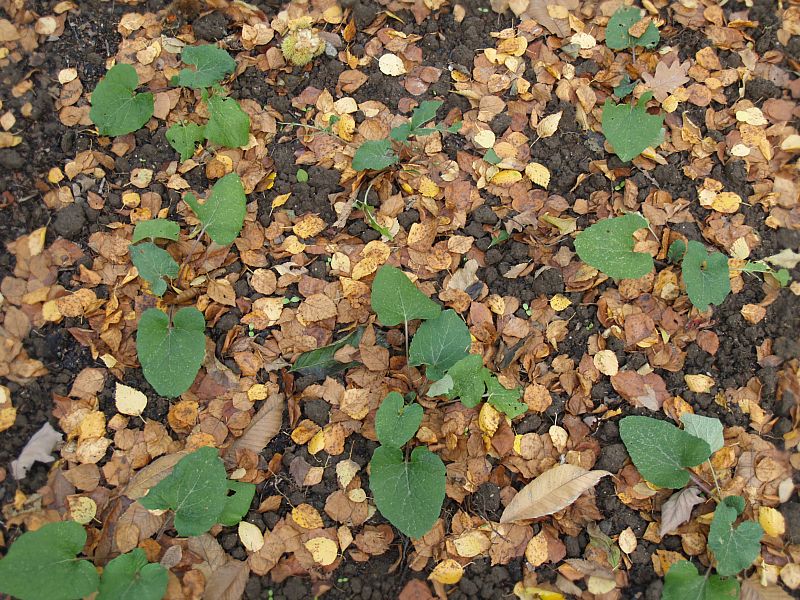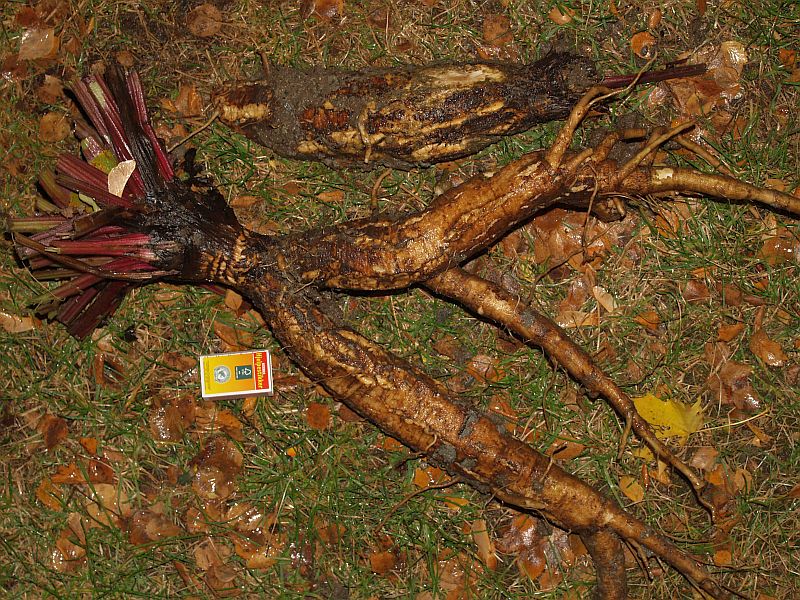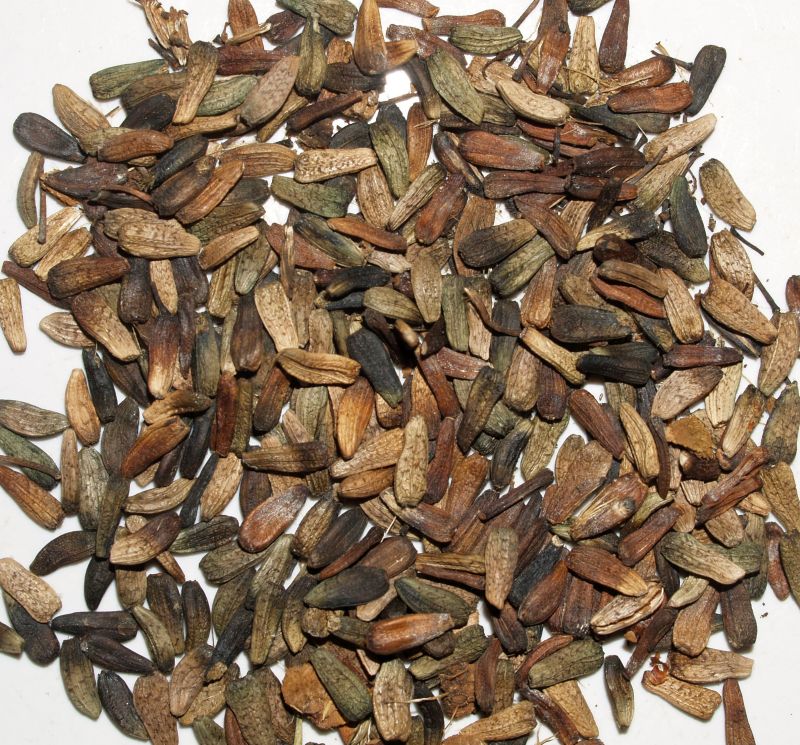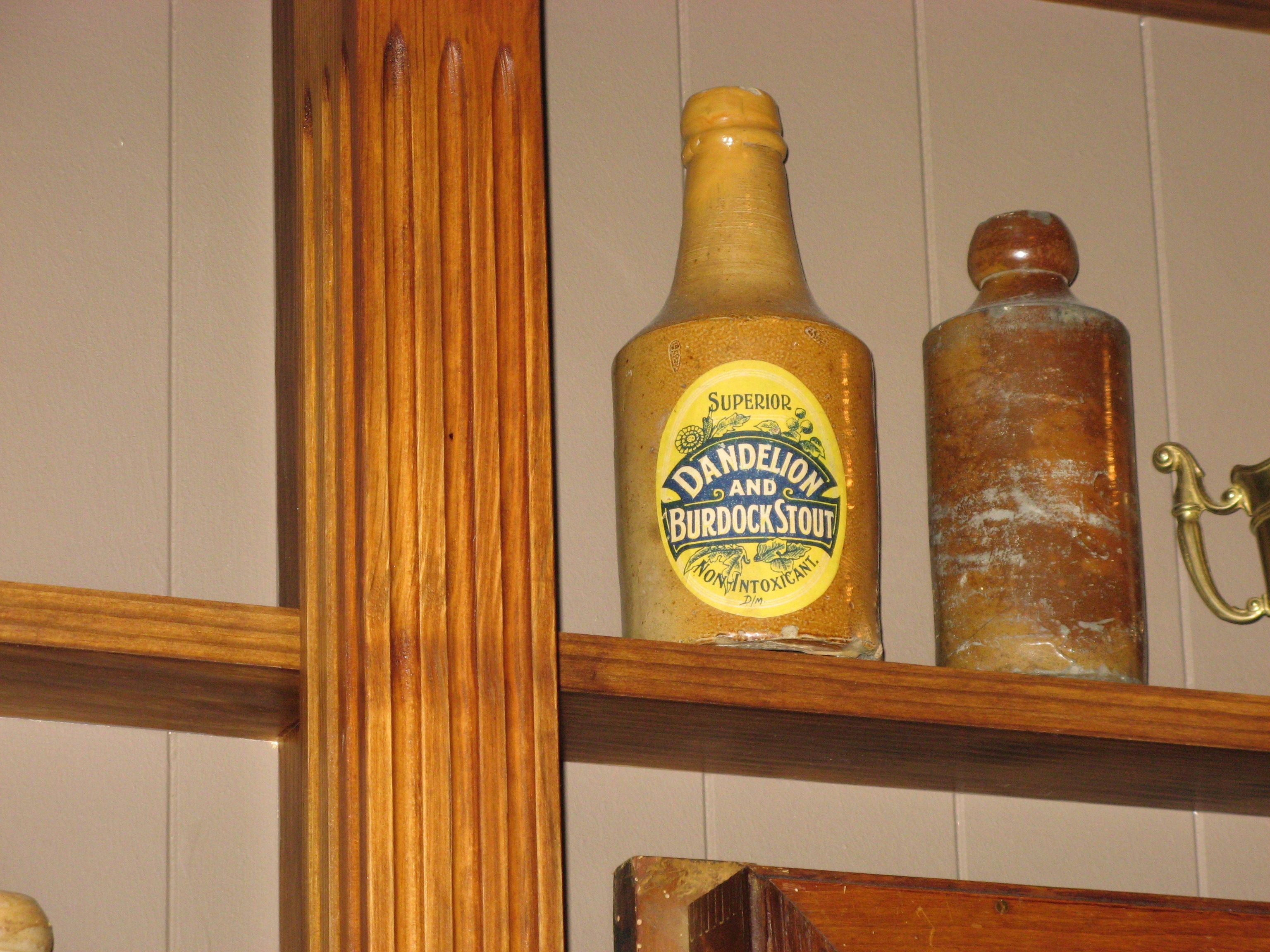Wonderful rain on the balcony (aka zone 0.5) with oca (Oxalis tuberosa), 9 varieties of lettuce (salat), tomato “42 days” , dill, coriander, toothache pant (Spilanthes), shungiku / kronkrage and lots of celery (around the corner). The large bucket in the corner contains burdock providing seed fot goldfinches (stillits) and greenfinches (grønnfink) in winter (a living bird feeder!)
Tag Archives: Goldfinch
The Birds
Over the last couple of days there’ve been large numbers of birds in the garden making me think of Alfred Hitchcock’s The Birds, although there have been fortunately no casualties as far as I know. I try to limit the amount of bird food I put out (as its production isn’t good for birds) and it’s good to see that most species are still eating natural food.
This winter there’ve been reports from all over the county of unusual numbers of overwintering bramblings (bjørkefink) with flocks up to 300 birds recorded. I’ve had smaller flocks of 20-30 for some time, but yesterday they were everywhere in the garden and at least 140 birds were present, a new winter record for Malvik kommune! The films below show them both at the bird feeder, feeding on rowan berries (eating the seed and discarding the flesh) and also on the ground perhaps feeding on birch seed?
Apart from that there was a sizeable flock of some 60 waxwings (sidensvans) on guelder rose / krossved (Viburnum opulus) and hawthorn (hagtorn) , 11 bullfinches (dompap), 50 house sparrows (gråspurv), 6 goldfinches (stillits) still mostly on burdock seed, 16 siskins (on birch seed), 6 greenfinches (grønnfink), 2 hawfinches (kjernebiter) seen on plum stones and rowan berries, a single robin (rødstrupe), a couple of fieldfares (gråtrost) on apples and hawthorn, a great spotted woodpecker (flaggspett) and great and blue tits both establishing territories now. In addition, a flock of 500-600 jackdaws (kaie) fly over to the roost every evening.
Bramblings with a hawfinch:
Bramblings with a hawfinch feeding on rowan seed (at the end, both birds are seen to discard the flesh). A greenfinch was also feeding on rowan.
Bramblings on the ground (feeding on birch seed?)
Large flock of bramblings at the bird feeder:
A Charm of Goldfinches
With heavy wet snow overnight weighing down all the plants in the garden together with plummeting air temperature, a flock of goldfinches (stillits) (collectively known as a Charm) were at the bird feeder this morning. I guess it’s more difficult for goldfinches to get at their preferred food, burdock seed (Arctium spp.) in these conditions.
With bramblings (bjørkefink), greenfinch (grønnfink) and yellowhammers (gulspurv).



Blackbird
Nice to wake up to a blackbird (svarttrost)in full song this morning. The first week in April is pretty much always when they start singing here!
A great tit (kjøttmeis) can also be heard. There are at least 3 territories in the garden and surrounding gardens this year.
Also this week, curlews (storspove) have started singing in the bay and highlight of the week was a goldfinch (stillits) singing in the garden. It moved around and sang in the 3 different places…sadly, it didn’t return yesterday. It seems that goldfinches have started colonising this area as a breeding bird with single breeding records the last 3 years.
Greenfinch on burdock
Goldfinch flock returns
1) …with Yellowhammers (gulspurv), tree sparrows (pilfink) and house sparrow (gråspurv)
2) ……with greenfinch and yellowhammers (grønnfink og gulspurv)
3) …with a nuthatch doing neck exercises (taken from a film)

The many faces of burdock
In the album below are pictures I’ve taken over the years, in my garden, in botanical gardens and in the wild. There follows links to various blog posts about burdock!
Burdock in Japan
http://www.edimentals.com/blog/?p=11024
Burdock and goldfinches
http://www.edimentals.com/blog/?p=8810
Greenfinches on burdock
http://www.edimentals.com/blog/?p=2642
Cardboard and fiberboards from Burdock and about its cultivation
http://www.edimentals.com/blog/wp-content/uploads/2015/11/Br%C3%B8ndegaard_on_burdock.pdf
An interesting barlotto (burlotto?)
http://www.edimentals.com/blog/?page_id=4052
Goldfinches
http://www.edimentals.com/blog/?p=2768
Perennial Greens June 2015 (including burdock flower stems)
http://www.edimentals.com/blog/?page_id=1772
Flower stem sweet and sour
http://www.edimentals.com/blog/?page_id=1535
Burdock Flower Stalk Curry
http://www.edimentals.com/blog/?p=15132
Edinburgh’s Burry Man
https://www.youtube.com/watch?v=Ro4DXRMVdgY
Goldfinches / Stillits
